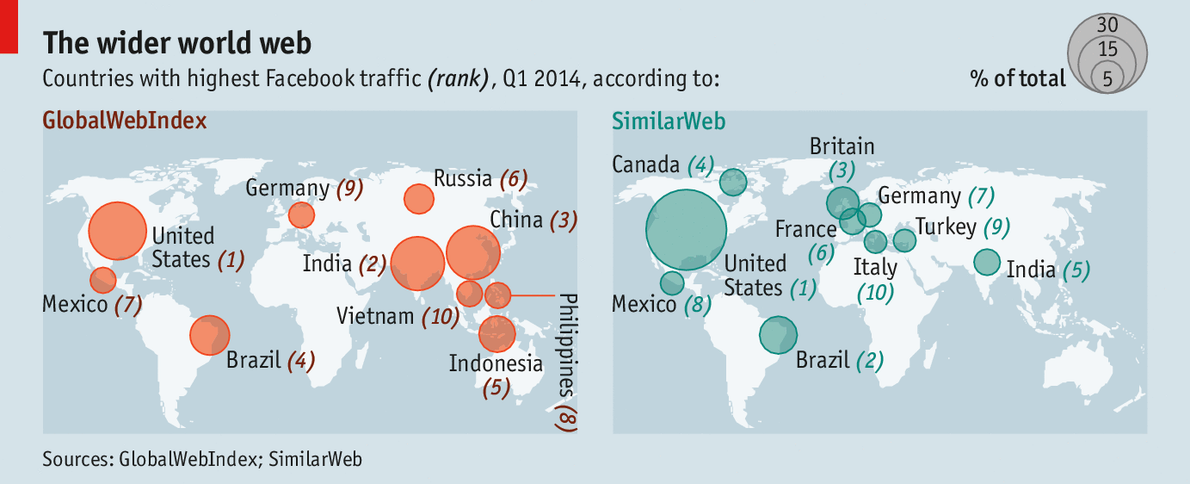Google Glass Is Dead; Long Live Smart Glasses
Two and a half years after Google cofounder Sergey Brin unveiledGoogle Glass with a group of skydivers jumping from a zeppelin above San ...
|
媒體認為 Google 抓取內容應該要付稅,Google 不付結果流量反而大跌,這其中的問題值得玩味。
Google Glass Is Dead; Long Live Smart Glasses
Two and a half years after Google cofounder Sergey Brin unveiledGoogle Glass with a group of skydivers jumping from a zeppelin above San ...
|
Google's New Dashboard Shows You All the Devices Accessing Your Account
Google wants to help too. The company has a new tool that lets you easily check when and where your account has been accessed over the last ...
|
| NEWS | ||||||||
European Parliament may propose Googlebreak-up in draft resolution
(Reuters) - The European Parliament is preparing a non-binding resolution that proposes splitting Google Inc's (GOOGL.O) search engine operations ...
| ||||||||
Google tests subscription service for ad-free websites
The test for Google's Contributor program enables you will see a thank-you note instead of an advertisement on participating websites. The cost: $1 to ...
| ||||||||
Google, Rockstar agree to settle patent litigation: filing
(Reuters) - Google Inc has agreed to settle litigation with patent consortium Rockstar, though terms of the deal were not disclosed in a court filing made ...
| ||||||||
Lesbian couple disparaged on Google Maps
"My son was on Google Maps at school when he (searched) 'street view' for our address and it said, 'Fagits live here,' " said Mann, recalling the ...
| ||||||||
Google Says It Can Now Launch Up To 20 Project Loon Balloons Per Day
Google's Project Loon, the company's effort to deliver Internet access from balloons that travel around the world in the stratosphere, continues to make ...
| ||||||||
Google Just Took its First Step Back Into China
The Google logo is reflected in windows of the company's China head office as the Chinese national flag flies in the wind in Beijing on March 23, 2010 ...
|
 谷歌公司正考慮為中國市場打造一個應用程序商店Play Store。
谷歌公司正考慮為中國市場打造一個應用程序商店Play Store。
President Obama's Net Neutrality Plan To Regulate Google And Internet Content Providers
Google, Yahoo, and the world of media are synergistic with service providers, and each is moving into the other's territory in ways that foretell that ...
|
Google Turns YouTube into a Streaming Music Player with Music Key
It'll offer ad-free, premium streaming for $10/mo (starting out with a promo price of $8/mo) and will come with a free subscription to Google Play Music ...
|
How Google Lost Hundreds of Thousands of Dollars in an Hour and Half
A ton of lost money for all those websites—and for Google. How much? That's hard to say. ButGoogle alone likely lost several hundred thousands ...
|
